Introduction: Why Tacos Need a Little Spice Love
Let's be real — tacos are amazing on their own. But when you slap on some authentic taco seasoning, that's when the magic happens. Whether you're making street-style tacos at home or hosting a fiesta for friends, the right blend of spices can turn an average meal into a flavor explosion.
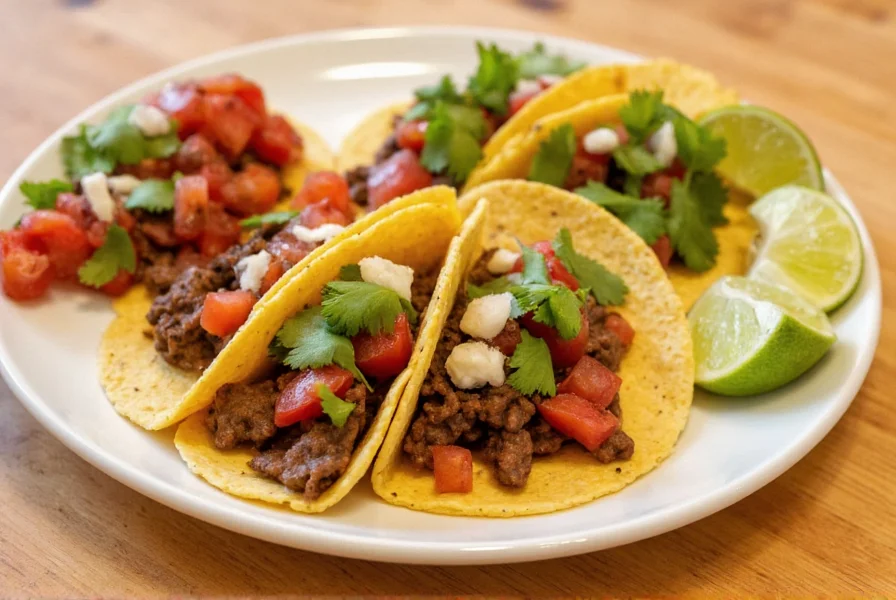
But here's the thing: not all taco seasonings are created equal. Some taste like a dusty spice drawer from 1987, while others hit every note — earthy, smoky, spicy, and savory — just right. So let's dive into what makes taco seasoning authentic and how to pick (or make!) the perfect one for your next taco Tuesday… or Wednesday… or Saturday brunch. Let's taco 'bout it!
The Essential Ingredients in Authentic Taco Seasoning
Authenticity is key when it comes to taco seasoning. If you're thinking of throwing random spices together, hold up! True taco seasoning is a carefully balanced mix that brings depth, warmth, and zing. Here's what you need:
- Cumin: The backbone of any good taco seasoning. Earthy, nutty, and slightly bitter — it gives that classic Mexican vibe.
- Paprika: Adds color and mild sweetness without too much heat. Smoked paprika? Even better for a campfire flavor.
- Garlic Powder: Brings savory umami and richness to meats and veggies alike.
- Onion Powder: Just enough bite without overpowering other flavors.
- Oregano (Mexican style if possible): Brightens up everything it touches. Use sparingly or risk a soap bomb effect.
- Chili Powder: For that signature kick. Not to be confused with "chili powder" blends found in supermarkets — this should be straight ground chili peppers.
- Coriander: Adds citrusy notes that balance out the heavier spices.
- Salt & Black Pepper: The unsung heroes. They tie everything together and enhance natural flavors.
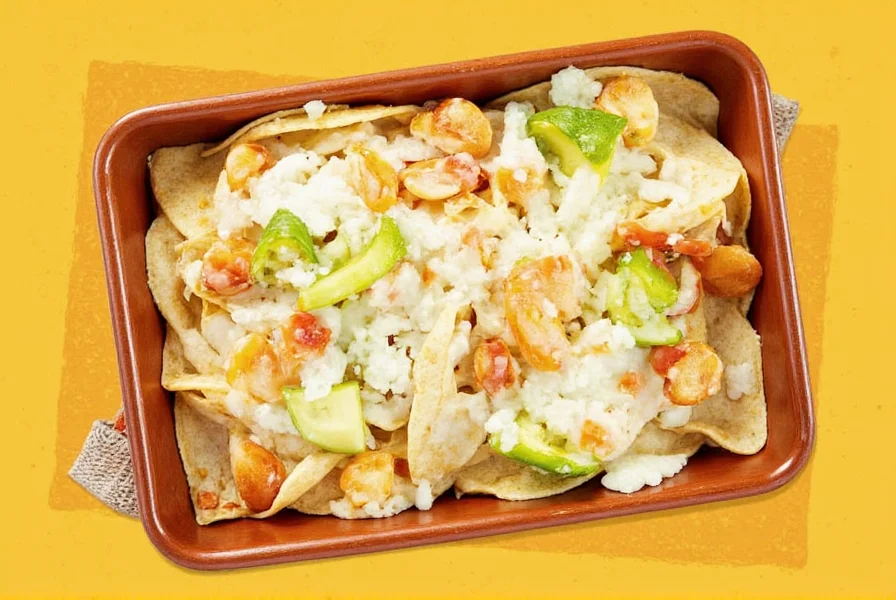
If you see fillers like cornstarch, anti-caking agents, or artificial flavors in pre-made mixes, skip it. Authentic means clean, bold, and fresh. And no, we don't mean Instagram-fresh — we mean freshly ground and free of junk.
DIY vs. Store-Bought: Which One Wins?
You've got two options when it comes to getting your taco seasoning fix: roll your own or buy ready-made. Both have pros and cons — let's break them down.
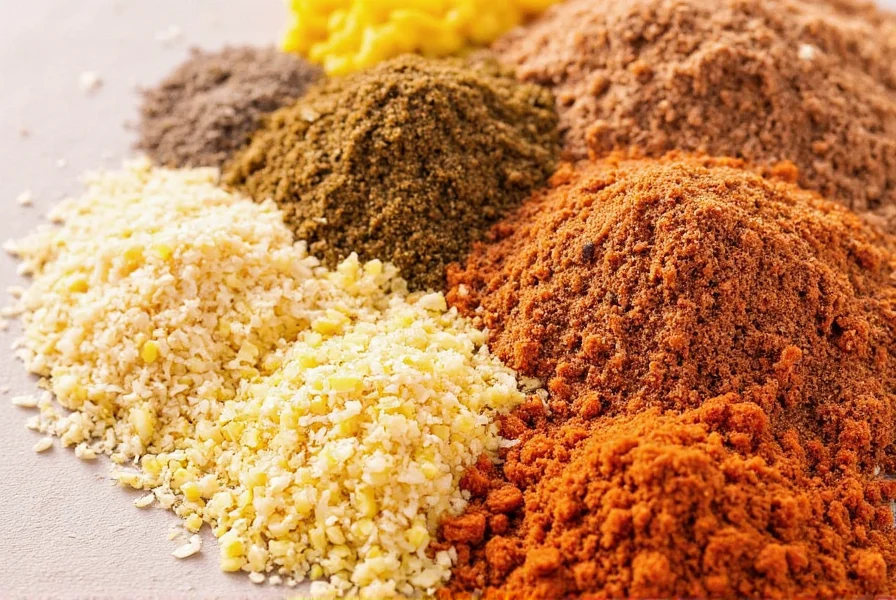
| Aspect | DIY Seasoning | Store-Bought Seasoning |
|---|---|---|
| Flavor Control | ✅ Customize to your liking | ❌ Often generic or bland |
| Convenience | ❌ Takes time to mix | ✅ Grab-and-go |
| Cost | ✅ Cheaper in the long run | ❌ Can add up quickly |
| Ingredients | ✅ You know exactly what goes in | ❌ May include fillers |
| Shelf Life | ✅ Lasts for months | ✅ Also lasts, but quality drops over time |
So which is better? If you love experimenting in the kitchen and want full control over your flavor profile, DIY is your friend. However, if you're short on time or spices, store-bought isn't a total sin — as long as you read labels and find one that checks the boxes: minimal additives, no weird preservatives, and a clear list of spices.
Buying Guide: Finding the Best Authentic Taco Seasoning
If you're going the store-bought route, here's what to look for when shopping for the best authentic taco seasoning:
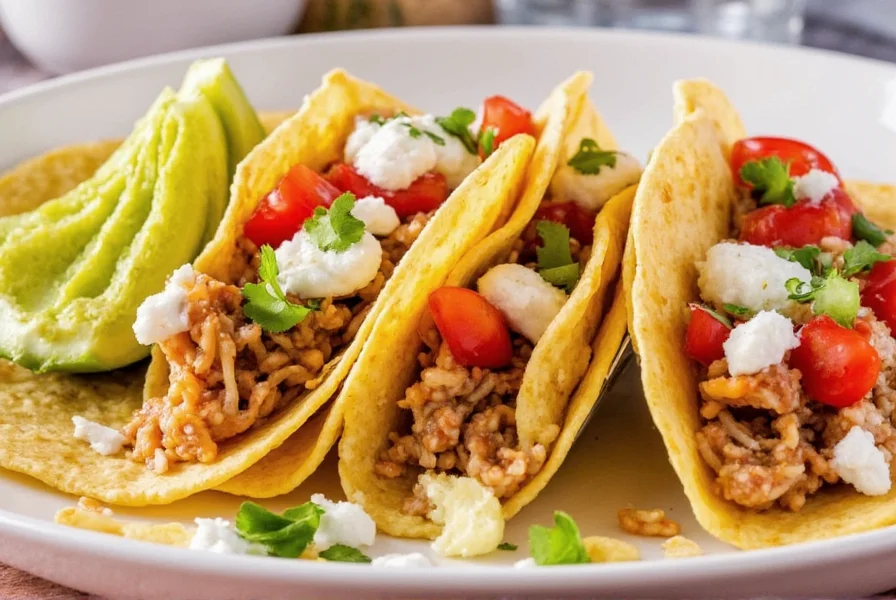
Key Features to Look For:
- Short Ingredient List: Ideally fewer than 10 items. No mystery powders, please.
- No Fillers or Additives: Avoid cornstarch, maltodextrin, and anything ending in -ose unless it's sugar.
- Whole Spices or Fresh Sources: Brands that use real chili peppers and fresh herbs score high.
- Heat Level Options: Mild, medium, hot — pick based on your crowd's preferences.
- Brand Transparency: Bonus points if they list where the spices come from or use organic or fair-trade sources.
Top Picks for Store-Bought Taco Seasoning
| Product | Features | Best For |
|---|---|---|
| McCormick Original Taco Seasoning Mix | Familiar taste, widely available, basic heat level | Beginners and casual cooks |
| Badia Organic Taco Seasoning | Organic, no MSG, vegan-friendly | Health-conscious eaters |
| La Flor Super Premium Taco Seasoning | Latin American sourced, robust flavor | Foodies and authenticity seekers |
| Ranch Rider Firehouse Chili Taco Seasoning | Smoky and seriously spicy | Adventurous palates and meat lovers |
These picks cover a variety of tastes and needs. If you're cooking for a crowd, La Flor delivers restaurant-level flavor. For health buffs, Badia hits the mark. And if you're all about that firehouse burn, go for Ranch Rider.
Pro Tips for Using Taco Seasoning Like a Pro
You've got your seasoning — now what? Don't just dump it on meat and call it a day. There's an art to using taco seasoning properly.
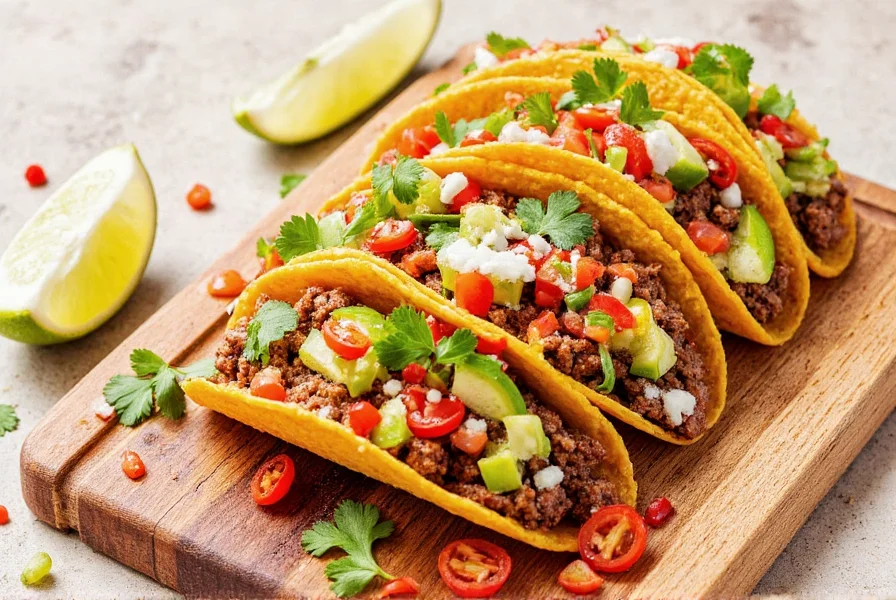
Tips to Maximize Flavor:
- Bloom Your Seasoning First: Toast the spices in oil before adding liquids or meat. This unlocks more aroma and depth.
- Season Early: Sprinkle a little into raw ground beef or chicken before cooking. It seeps into the protein for richer flavor.
- Add a Touch of Acid: Lime juice or vinegar brightens up the flavors and balances the heaviness of cumin and chilies.
- Use Less Salt: Most taco seasonings already contain salt. Taste before salting further.
- Don't Forget Veggies: Cauliflower, mushrooms, or jackfruit get a delicious upgrade with taco seasoning.
- Try Cold Infusion: Stir into guacamole, sour cream, or even mayo for a quick taco condiment boost.
And remember: a little goes a long way. Start with 1–2 tablespoons per pound of meat and adjust to taste. You can always add more, but once it's too spicy, there's no going back.
Pairing It Right: What Goes Well with Your Taco Magic?
You've nailed the seasoning, but what about the rest of the taco? To really elevate your dish, consider how each component plays with your spices.
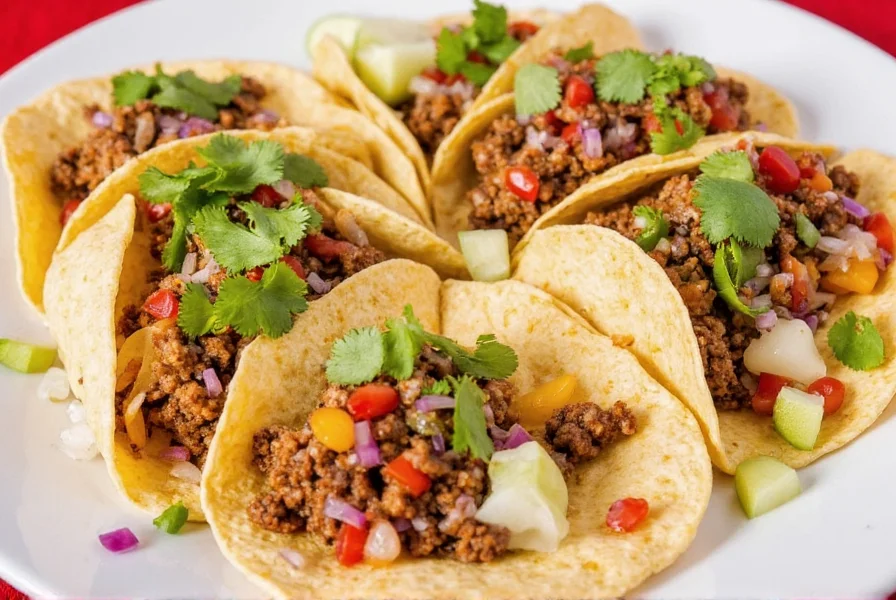
Classic Pairings:
- Lime: Adds brightness and balances rich flavors.
- Cilantro: Offers freshness and cuts through earthy spices.
- Onion: Raw white onions add crunch and contrast.
- Cabbage Slaw: Great for texture and cooling down spicier fillings.
- Avocado / Guac: Creaminess tempers heat and adds luxury.
Beyond the Shell: Creative Uses
- Taco Fries: Seasoned fries topped with cheese, meat, jalapeños.
- Seasoned Eggs: Scramble eggs with taco seasoning for a breakfast twist.
- Popcorn Pop-Up: Lightly sprinkle on popcorn for a spicy snack hack.
- Roasted Veggie Boost: Toss carrots, sweet potatoes, or chickpeas in taco seasoning and roast until crispy.
Once you understand how flavors interact, taco night becomes less of a routine and more of a culinary adventure. So don't limit yourself to tortillas — think outside the shell!
Frequently Asked Questions About Authentic Taco Seasoning
What makes taco seasoning "authentic"?
Authentic taco seasoning contains a balanced blend of core spices without unnecessary fillers. The hallmark of authenticity is a short ingredient list featuring cumin, paprika, garlic powder, onion powder, Mexican oregano, chili powder, coriander, salt, and black pepper. Authentic blends avoid cornstarch, anti-caking agents, and artificial flavors that dilute the true Mexican flavors. The spices should be the star, not fillers or preservatives.
Can I make authentic taco seasoning without chili powder?
While chili powder is traditional, you can create an authentic-tasting blend without it by adjusting other ingredients. Increase the amount of cumin and smoked paprika for depth, and consider adding a pinch of cayenne for heat. The key is maintaining the balance of earthy, smoky, and savory notes that define authentic taco seasoning. However, for the most traditional flavor profile, using quality chili powder made from ground chili peppers (not a chili powder blend) is recommended.
How long does homemade taco seasoning last?
Properly stored in an airtight container away from light and moisture, homemade taco seasoning maintains its best flavor for 6-12 months. While it won't spoil, the essential oils in the spices gradually evaporate, causing the flavor to diminish over time. For optimal freshness and potency, write the preparation date on your container and try to use it within 6 months. Glass jars stored in a cool, dark cupboard work best for longevity.
Is store-bought taco seasoning ever truly authentic?
Some store-bought options can be authentic, but you need to read labels carefully. Look for brands with short ingredient lists (under 10 items), no fillers like cornstarch or maltodextrin, and recognizable spice names. Brands like La Flor Super Premium and Badia Organic offer more authentic options compared to mainstream blends that often contain unnecessary additives. The most authentic experience still comes from making your own blend with fresh, quality spices, but selective store-bought options can deliver genuine flavor.
What's the difference between taco seasoning and fajita seasoning?
Taco seasoning typically has more cumin and chili powder for a bolder, earthier profile, while fajita seasoning emphasizes garlic, onion, and bell pepper flavors with less heat. Fajita seasoning often includes more citrus elements and sometimes sugar to complement the caramelization of grilled vegetables. Taco seasoning is designed to stand up to the robust flavors of taco fillings, while fajita seasoning complements the sweeter notes of grilled peppers and onions.
Can I use taco seasoning for dishes other than tacos?
Absolutely! Authentic taco seasoning is incredibly versatile. Use it to flavor scrambled eggs for breakfast tacos, sprinkle on roasted vegetables, season popcorn for a spicy snack, mix into burger patties, or add to soups and stews for depth. Many chefs use it as a general Southwest/Mexican flavor enhancer in rice, beans, and even salad dressings. The balanced blend of warm, earthy, and slightly spicy notes works well in many applications beyond traditional tacos.
Conclusion: Spice Up Your Taco Nights, Every Night
Whether you're blending your own authentic taco seasoning from scratch or picking up a trusted brand from the shelves, the secret to killer tacos lies in the spices. By understanding the core ingredients and how to use them, you're well on your way to taco greatness.
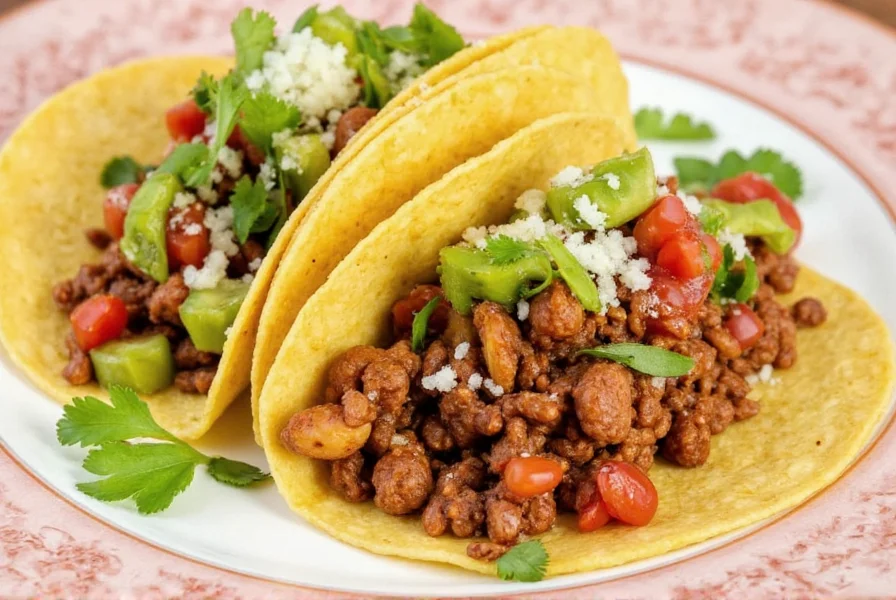
So next time taco Tuesday rolls around — or any day, really — grab that shaker and let your inner chef shine. With the right seasoning, every bite can feel like a trip to Mexico City, minus the jet lag. And hey, if someone asks why your tacos taste so good, just wink and say: "Secret seasoning."

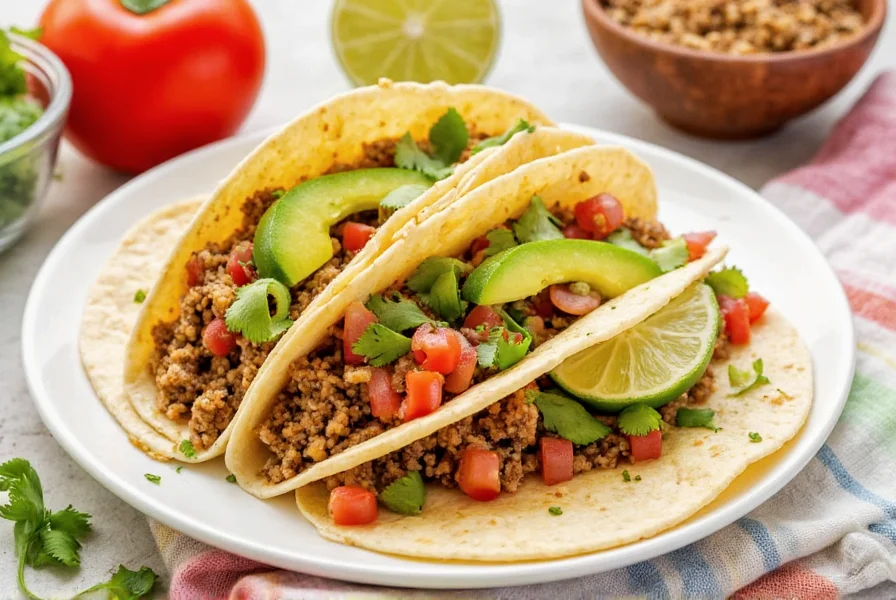









 浙公网安备
33010002000092号
浙公网安备
33010002000092号 浙B2-20120091-4
浙B2-20120091-4